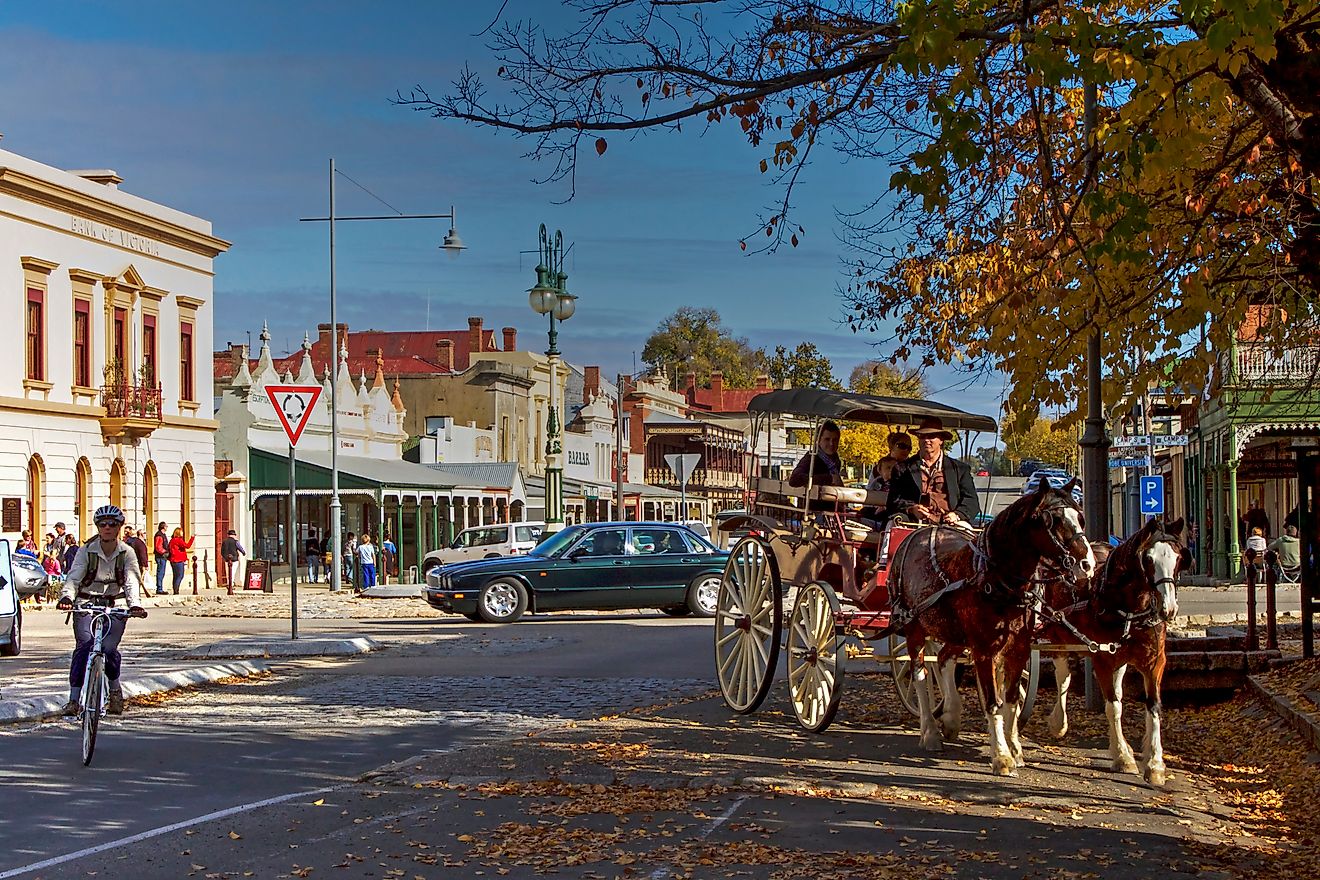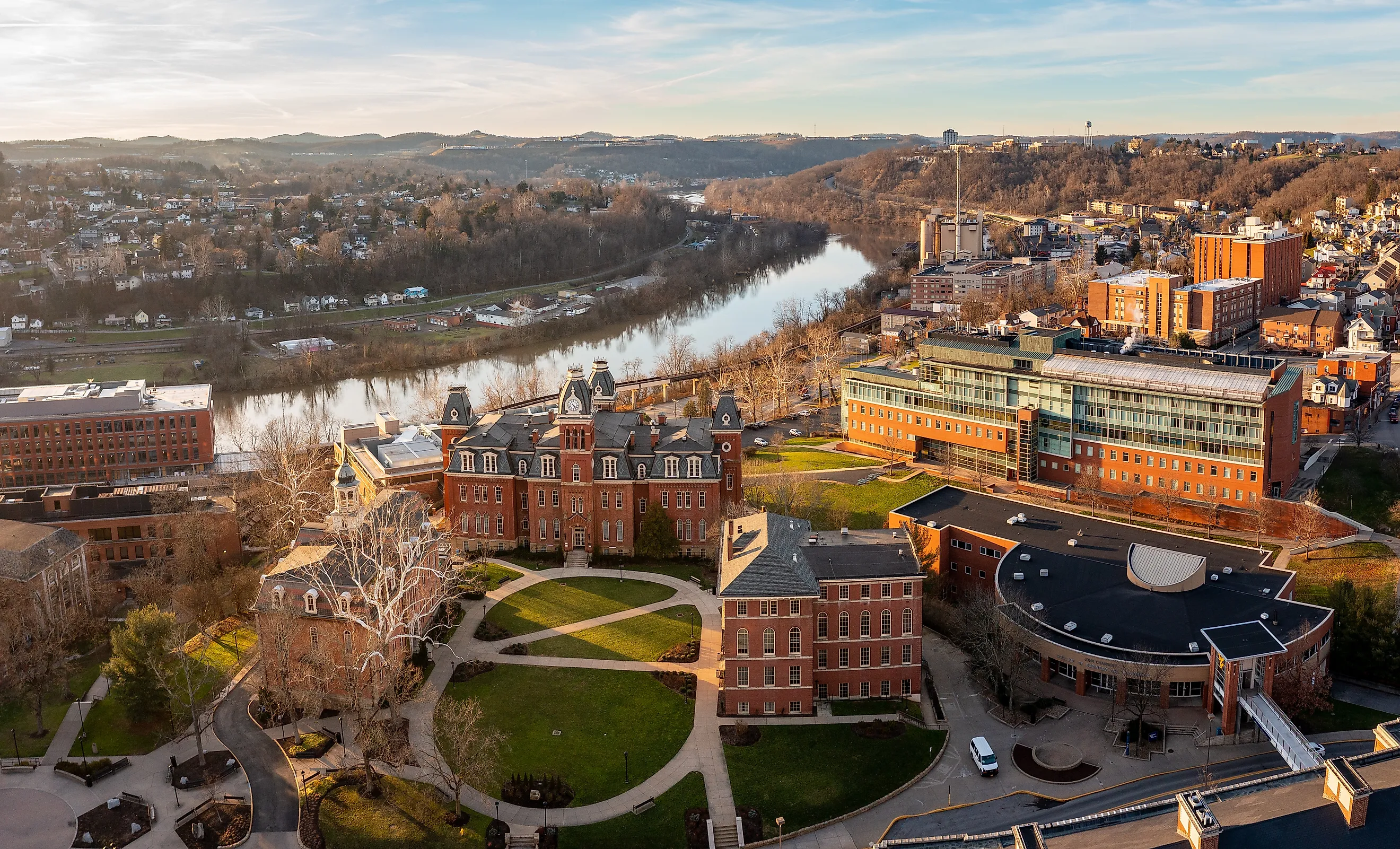
8 Towns in West Virginia that Transport You to the Past
If the curious traveler is seeking a little history, whether well-known legacies or under-appreciated stories, West Virginia is the place to look. The Mountain State, which joined the Union only after splitting from Virginia in 1863,offers a rich tapestry of history.Yet the state's history spans from prehistoric times to the present day, involving the Civil War, historic homes and buildings, old industrial fortunes, and innovative contributions to the arts. These eight towns in West Virginia transport history-loving visitors to the state’s past.
Elkins
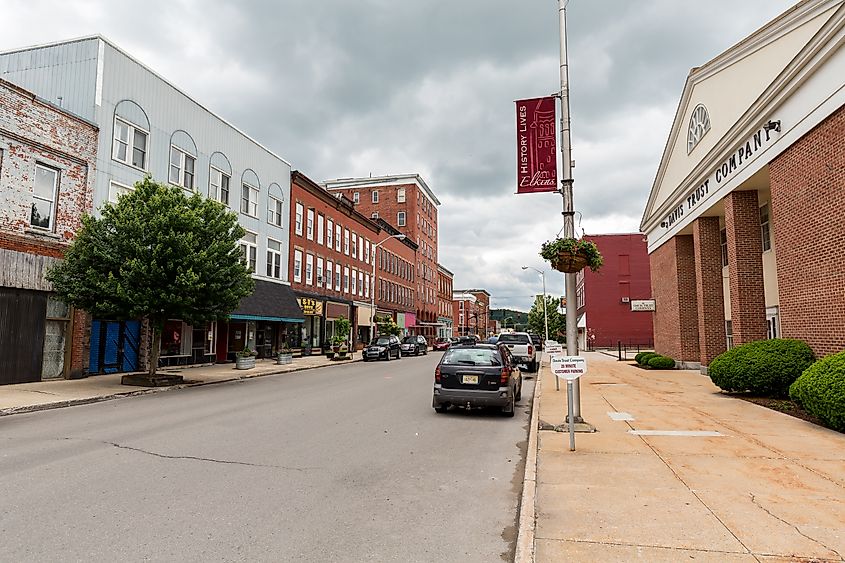
The historic town of Elkins, with a population of 7,000, is located in north-central West Virginia and is the seat of Randolph County. The town’s roots trace back to the late 19th century, when it became a rail hub, attracting early tourists to explore the area's natural beauty. Visitors today can still experience the legacy of railroads at the West Virginia Railroad Museum, which preserves the state’s rail history through exhibits on steam engines and rail culture.
The Elkins Downtown Historic District, listed as a National Historic District, showcases a variety of architectural styles, including Queen Anne and Colonial Revival. Some noteworthy sites are the 1899 Hotel Delmonte, 1893 Randolph Hotel, and 1908 Ward Building, each offering a fresh yet rustic experience in Elkins. The town also developed as an education center, with the 1904 Davis & Elkins College, which continues to play a significant role in the community. After the historical side of town, active types passing through Elkins can find their bliss while hunting, fishing, hiking, or combining them all along the Tygart Valley River.
Lewisburg
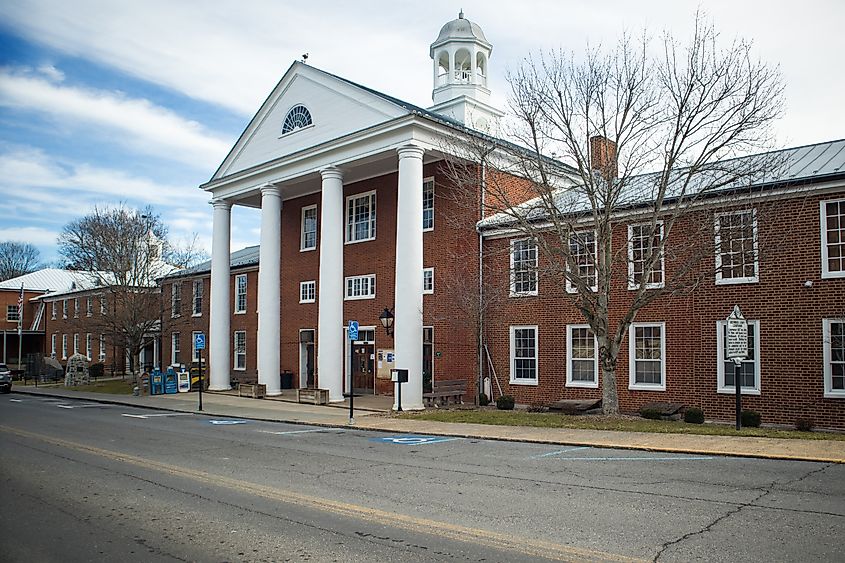
Lewisburg, home to 3,800 residents, is a gem of historic preservation. The Lewisburg Historic District boasts over 110 contributing buildings, including the 1796 Old Stone Presbyterian Church and the 1837 Greenbrier County Courthouse, which played a vital role during the Civil War. The North House Museum offers fascinating insights into the region’s history, including its role in the Civil War and 19th-century life. For a cultural experience, visitors can attend performances at Carnegie Hall, one of only four Carnegie Halls in the world still in operation since its opening in 1902. This historic venue, funded by Andrew Carnegie, has been a cornerstone of the town’s artistic life.
Harpers Ferry
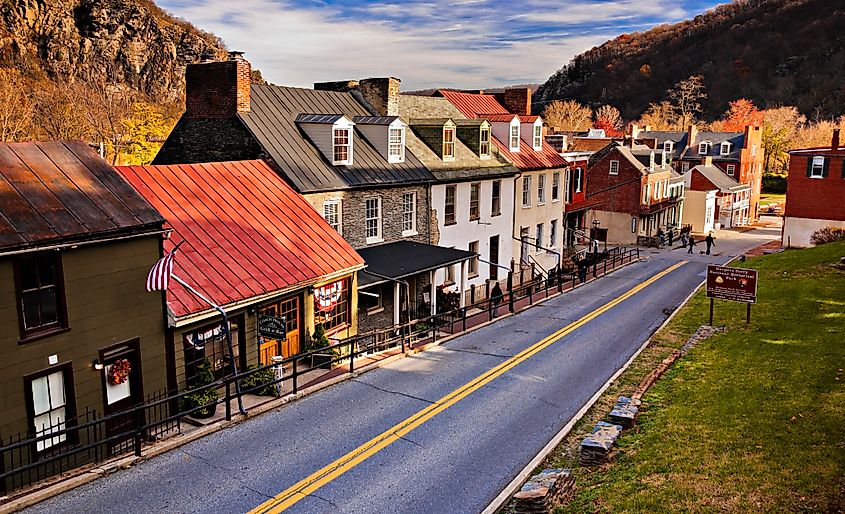
Given its perfect setting between the Potomac and Shenandoah Rivers, Harpers Ferry, its population fewer than 300, brings history and culture together. Built on a hillside, its lower town has hosted industrial and commercial activity since the 18th century. Today, sites like the Harpers Ferry National Historical Park show visitors how Harpers Ferry has played witness to major events in America's past. The radical abolitionist John Brown attempted to storm a government fort here in 1859, providing a spark that would help ignite the Civil War.
Slightly higher uphill lies the National Historic District. Its buildings house restaurants, pubs, souvenir shops, and outdoor gear stores for travelers to check out. One of the most popular destinations for religious travelers is the 1833 St. Peter’s Roman Catholic Church, which showcases intricate Neo-Gothic architecture from its renovation in 1896. Fun fact: the Appalachian Trail runs through the center of town, and the trail's management organization, the Appalachian Trail Conservancy, runs its headquarters here. So, you can always head out for a hike between the rustic landmarks.
Hinton
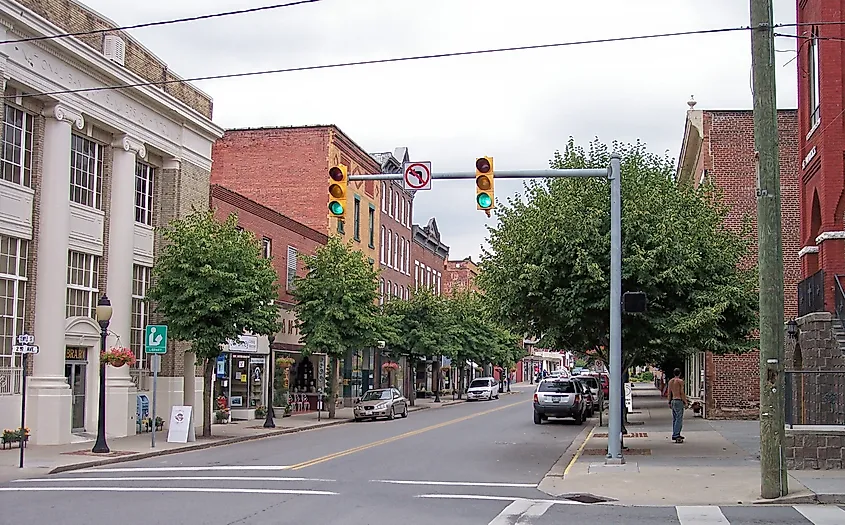
With 2,100 inhabitants, Hinton sits at the confluence of the Bluestone, Greenbrier, and New Rivers, offering a rich blend of natural beauty and historical significance. Named after its founder, John “Jack” Hinton, the town flourished in the 19th century as a vital hub for the Chesapeake and Ohio Railway. This railroad connection played a crucial role in the growth of the coal industry and the development of the region.
Visitors can delve into this history at the Hinton Historic District, which showcases well-preserved Late Victorian and Classical Revival architecture. Highlights include the Hinton Railroad Museum and Hinton Station, where exhibits bring the golden age of railroads to life. Nearby, the New River Gorge National Park, home to one of the oldest rivers in North America, offers breathtaking views and the iconic New River Gorge Bridge. This engineering marvel further underscores the area's rich heritage.
Morgantown
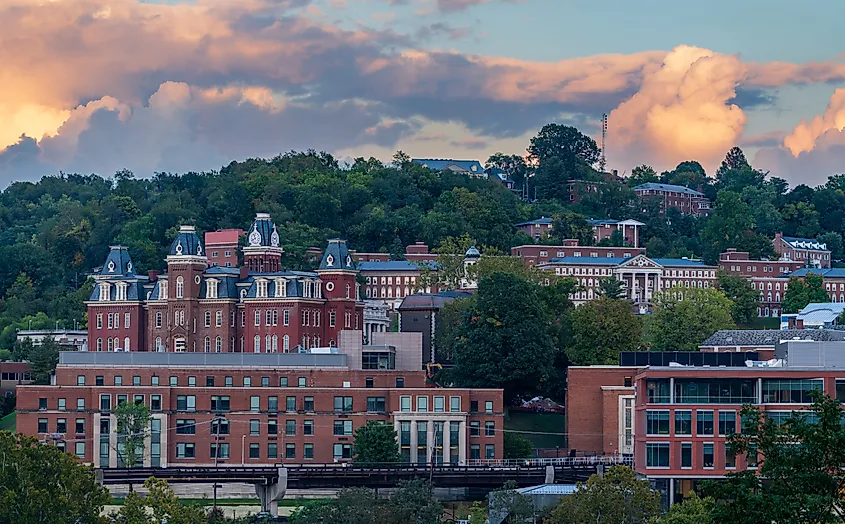
Morgantown, population 30,400, is West Virginia’s premier college town and a hub of historical innovation. The town is home to West Virginia University (WVU), established in 1867, which has shaped the community’s identity. The town’s historical significance extends to the Morgantown History Museum, which explores its role in the French and Indian War and its industrial development. The conversion of old rail lines into the Deckers Creek and Caperton Rail Trails exemplifies Morgantown’s ability to preserve history while adapting to modern needs. For a peaceful break, the West Virginia Botanic Garden, located on the site of an old reservoir, offers a blend of history and nature.
Weston
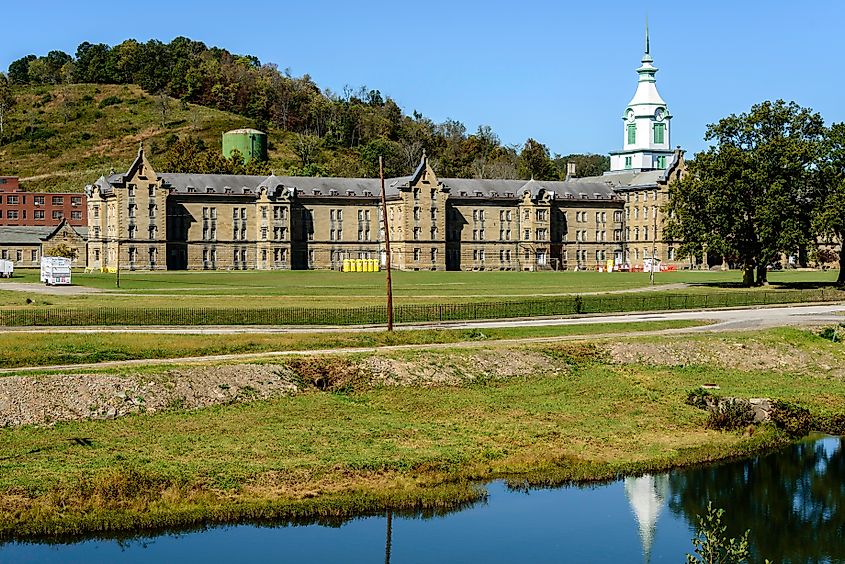
Weston, with a modest 3,900 residents, enjoys a unique history related to the Civil War. Union and Confederate forces vied for control of the town during the conflict, given its strategic location near vital transportation routes. Weston reflects some of that history at the Mountaineer Military Museum, where both armies are remembered, alongside tributes to veterans of later American wars abroad. Another site to witness the past is the Lewis County Courthouse, showcasing stunning brick Italianate work.
For a similarly somber history, Weston also offers the Trans-Allegheny Lunatic Asylum, a National Historic Landmark built during and after the Civil War. This massive Gothic Revival structure once housed psychiatric patients and now welcomes visitors for tours, paranormal investigations, and events. The asylum is also known for its impressive 242,000-square-foot layout, making it the world's second-largest hand-cut stone masonry building, second only to the Kremlin.
Wheeling
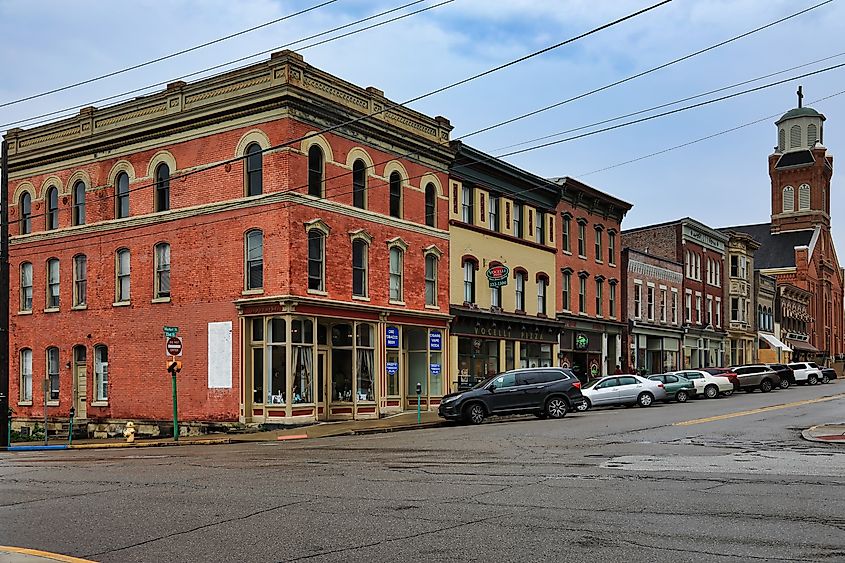
Wheeling, population 27,000, is located in the needle-like northern panhandle of West Virginia, between Pennsylvania and Ohio. The Ohio River runs along the town's western side, making it a perfect location for transportation and trade throughout the centuries. To this end, Wheeling was the original state capital of West Virginia when it became a state in 1863.
Plenty of rustic landmarks showcase the state’s past through unique perspectives. For example, the Wheeling Suspension Bridge, built in 1849, accommodated the town's traffic while expanding the town's capacity for more. The 1846 Mansion Museum, part of the region's Oglebay Institute network of museums, offers a look into the life of wealthy industrialist Earl Overbey and the museum's focus on the historical developments in the decorative arts. Those looking for more history can walk down the Chapline Street Row Historic District, a 0.7-acre blast to the past with ten contributing buildings made of brick and sandstone with Late Victorian architecture.
White Sulphur Springs
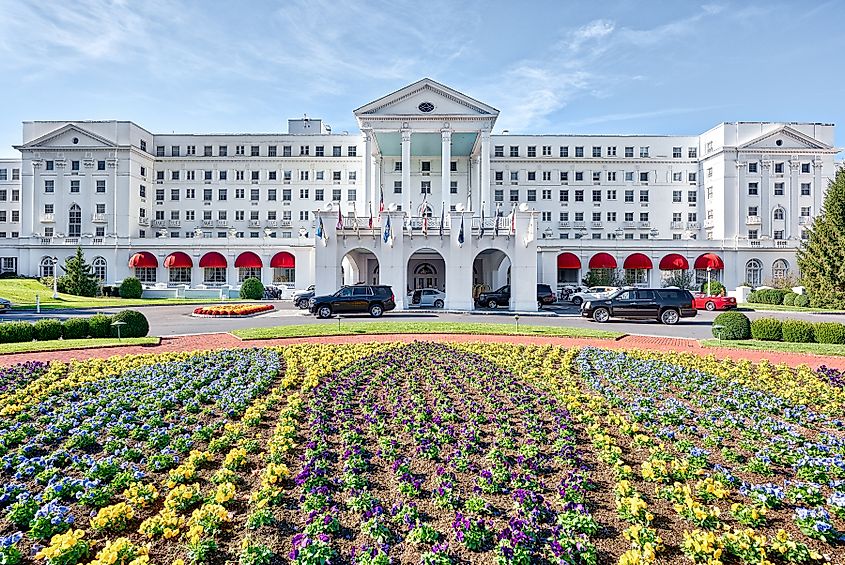
White Sulphur Springs, its inhabitants numbering fewer than 2,300, lies east of Lewisburg in West Virginia's southeast. The town has long been famous for its status as a resort destination, with local hot springs providing the basis for spas and other luxuries through time. The centerpiece of the town’s history is The Greenbrier Resort, a sprawling complex founded in 1778. Known as “America’s Resort,” it has hosted 28 U.S. presidents, royalty, and celebrities, offering accommodations, golf, dining, and world-class amenities.
During World War II, the Greenbrier served as a hospital for wounded soldiers and later housed a secret underground bunker designed to protect Congress during the Cold War. Visitors can tour this fascinating relic today, adding a unique layer of historical intrigue to the luxurious surroundings. White Sulphur Springs and its diverse draws can also be accessed via rail services, especially Amtrak's Cardinal route from New York City to Chicago. To learn more about the area, the West Virginia Welcome Center awaits along I-64.
The Past Abounds in West Virginia's Towns
The towns of West Virginia clearly have no lack of historical depth. Industrial activity across the 18th and 19th centuries helped to develop the state and use its natural resources. In contrast, the Civil War, active in the state throughout its duration, shaped the towns and regions here for better or worse. River towns like Harpers Ferry, Hinton, Weston, and Wheeling all show the kinds of growth that are possible. Whatever a visitor's personal taste in history, the stories of the past abound in West Virginia places like these.






